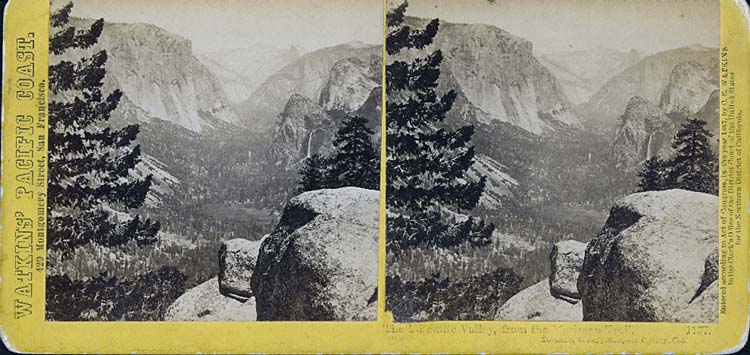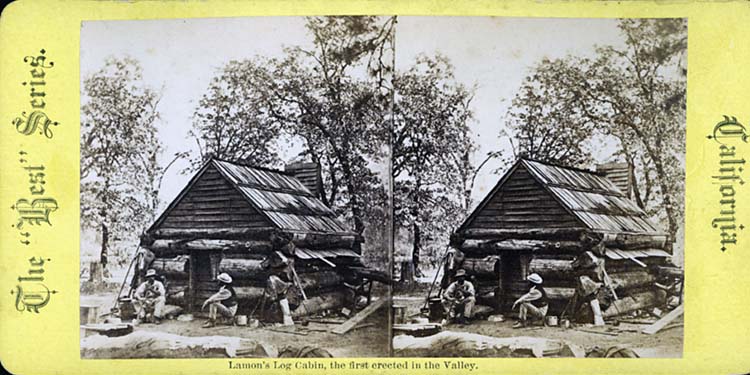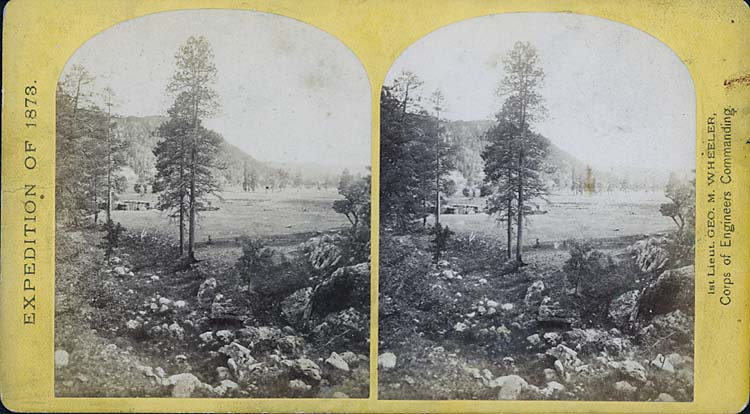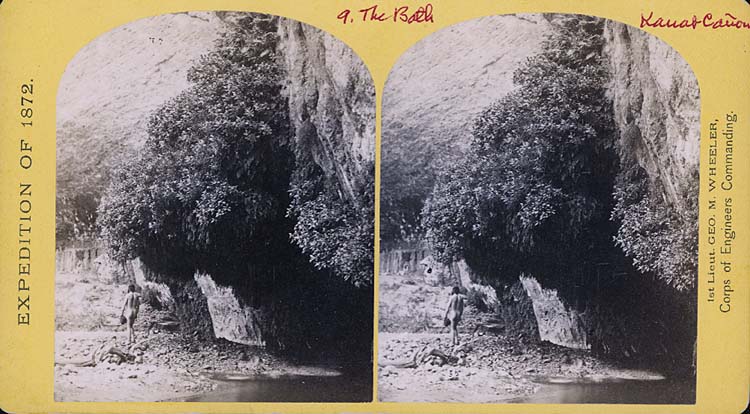In talking about visiting places virtually it’s easy to get caught up in our totally cool advanced state of technology and forget that this sort of visit-by-proxy has been going on for ages.
Homer’s Odyssey gave listeners accounts–albeit mythical–of distant worlds and peoples. In The Persian Wars Herodotus gave readers a more accurate travelogue of places they would very likely never encounter on their own.
The visual arts have always played a strong informational function in this way. Topographically-motivated paintings–works done with varying degrees of verisimilitude–go back to the early days of representation, and gained a high level of polish by the time of the Dutch landscapists such as Albert Cuyp, Salomon van Ruysdael and Jan van Goyen. Paintings by Canaletto, in addition to being snazzy souvenirs for wealthy travelers on the Grand Tour, gave viewers perspectively accurate renditions of an exotic Italy. And the list goes on…

Canaletto. Venice – Grand Canal
Looking South-West from the Chiesa degli Scalzi to the Fondamenta della Croce, with San Simeone Piccolo. c. 1738.
Oil on canvas – National Gallery, London, UK.
[ source ]
When photography came along its main-line link to reality and reputation for truthfulness kicked up the perceived value of its artifacts as ways to know the world. When the photographic stereoview took the already hyper-real photograph and rammed it into three dimensions people found it revelatory. Millions of stereoviews flooded the market, and you could take virtual vacations to most of the known world: Egypt, South America, Europe, the American West–all over.
Here are a few of my handful of 1870s eBay stereoviews of places in the west I’m particularly interested in. If you’ve never practiced “free viewing”–basically letting your eyes relax to the point where the left eye focuses on the left image and the right on the right one–give it a try with these. The process might be easier if you click on the image to enlarge it. You know that you’re on the right track when you start to see three images, the left one on the left, the right one on the right, and the stereo composite in between.
(Remember the “Magic Eye” pictures from the 1990s? Those posters of seemingly random piles of pixels where some sort of cheesy 3D image would suddenly come to life when you got your eyes to relax just so? If you could make those pop, you’ve got the idea behind stereo free-viewing down.)
This first is a basic Carleton Watkins view of Yosemite Valley:

And this is a shot of Lamon’s cabin, the “first” structure built in Yosemite Valley. (I doubt the Native Americans inhabiting the Valley lived alfresco year round, however…)
A Southwestern montane forest photographed by Timothy H. O’Sullivan during the 1873 Wheeler expedition, one of the great Western surveys:
And finally a shot of Kanab Canyon taken by William Bell during the 1872 Wheeler expedition. But wait! What the hell is in this picture? In the finest tradition of using Google Maps to find accidentally recorded images of naked people, could this be? A naked man?
Yeah, tourism and voyeurism, hand in hand, even back then…
